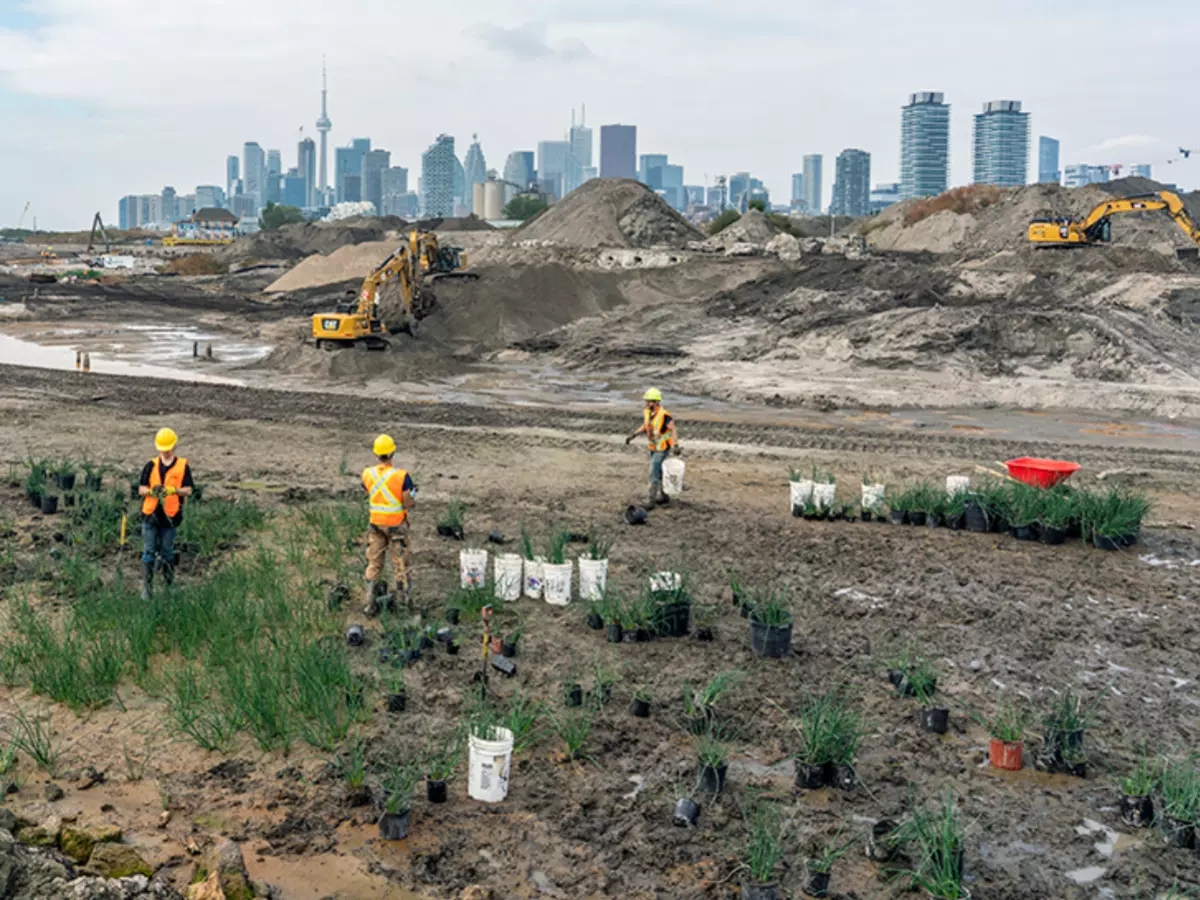Plants Found Growing From 100-Year-Old Seeds In A Newly Excavated Marsh
Workers at a Toronto Port Lands construction site recently spotted plants that had grown after earth was removed. The most interesting aspect of these plants was the fact that were growing from a patch of ground that had remained seven metres below the surface for a century.

Researchers are currently studying plants that are sprouting from century-old seeds. Here's how it all unfolded. Workers at a Toronto Port Lands construction site recently spotted plants that had grown after earth was removed.
The plants in question, hard stem bulrush and cattails, are usually found in freshwater marshes, as Phys.org reported. The most interesting aspect of these plants was the fact that were growing from a patch of ground that had remained seven metres below the surface for a century.
Based on this, the conservationists concluded that these new plants were growing from seeds that were buried when Ashbridges Bay Marsh was covered with a landfill in the early 1900s.
 Geoffrey Vendeville, University of Toronto
Geoffrey Vendeville, University of Toronto
Why scientists are studying the seeds
A team from the University of Toronto has now taken up the task of studying this century-old soil. "Our first goal is to understand what the marsh looked like back then," Sarah Finkelstein was quoted by Phys.org. "We'll try to answer questions like: What was the plant community like? What were the food webs like? What role did this marsh play ecologically on a local and regional scale?"
Also read: Plants Are Now Breaking Biochemistry Rules By Deciding How Much Carbon To Release
 photo courtesy of Waterfront Toronto/Vid Ingelevics/Ryan Walker
photo courtesy of Waterfront Toronto/Vid Ingelevics/Ryan Walker
Another researcher, Shelby Riskin will focus on how ecosystems function in the face of change and where land use comes into play. "We'll look for evidence of the life in the marsh¡ªshells, seeds, pollen¡ªand hopefully get an idea of the biodiversity of those soils from 100 years ago and compare it to what we find in the wetland soils in the area today," Riskin says.
Also read: Future Solar Power Plants In Space Will Beam Sun's Energy To Earth: Here's How
 Geoffrey Vendeville
Geoffrey Vendeville
Once considered a thriving natural ecosystem, the Ashbridges Bay Marsh was polluted by the end of 1800s. In the 20th century, it was covered. Currently, new parks and wetlands are being created to prevent flooding at the mouth of Don River. In this process, such treasure troves of ecological history are being unveiled.
What do you think about growing plants from a century ago? Let us know in the comments below. For more in the world of technology and science, keep reading Indiatimes.com.
References
Researchers study plants sprouting from century-old seeds uncovered. (n.d.). University of Toronto News.
Sasaki, C. (2022, June 27). Researchers study plants sprouting from century-old seeds after excavation. Phys.Org.
